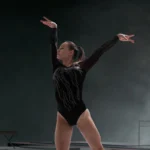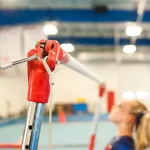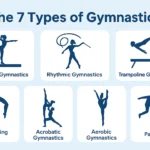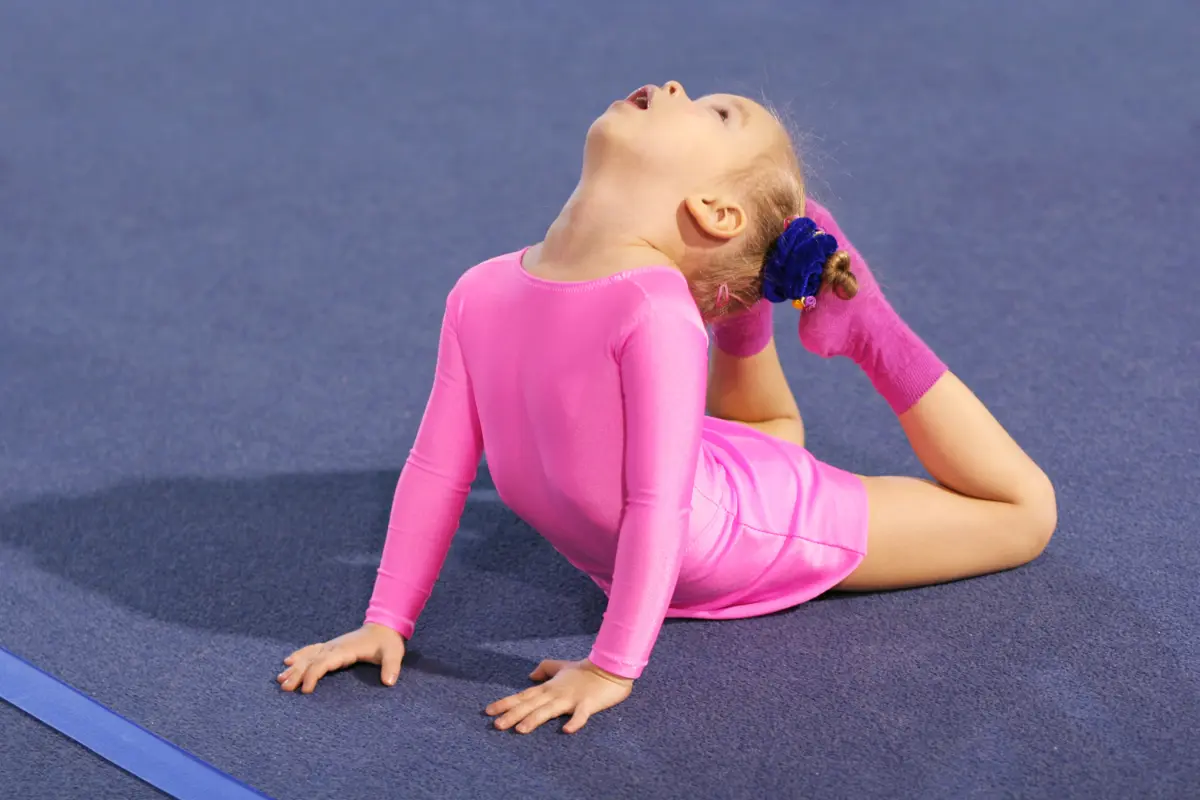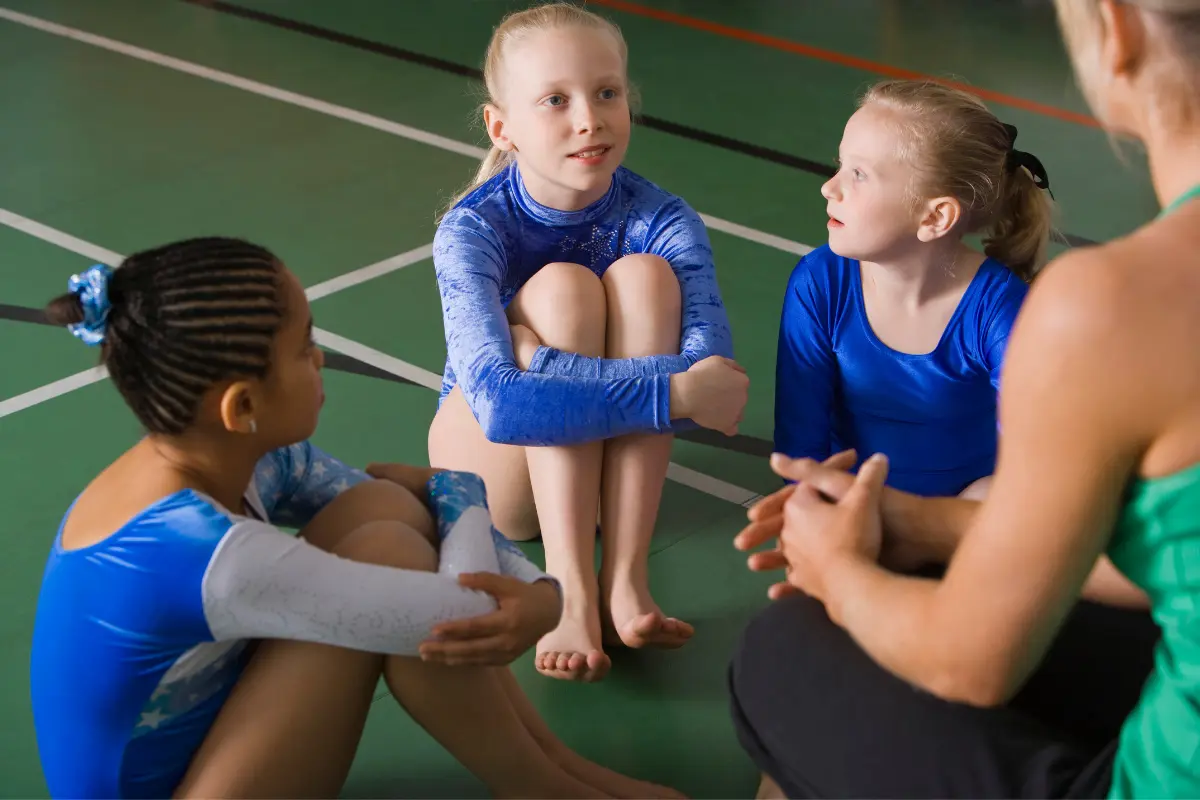Gymnastics is a dynamic and captivating sport that combines strength, flexibility, balance, coordination, and grace. It involves performing sequences of movements that may include flips, jumps, balances, swings, and holds, depending on the discipline. From the playful tumbling of toddlers to the breathtaking routines of Olympic athletes, gymnastics has something for everyone.
A Snapshot of Gymnastics
Gymnastics today is more than just flips and splits—it’s a global, multi-discipline sport regulated by the International Gymnastics Federation (FIG). Under this single umbrella, eight competitive disciplines and one mass-participation program fall, offering something for nearly every athlete—regardless of age, background, or ability.
The Eight FIG-Recognized Disciplines
- Men’s Artistic Gymnastics (MAG)
- Women’s Artistic Gymnastics (WAG)
- Rhythmic Gymnastics
- Trampoline Gymnastics
- Acrobatic Gymnastics
- Aerobic Gymnastics
- Parkour (added in 2022)
- Gymnastics for All (non-competitive)
1. Artistic Gymnastics (MAG & WAG)
Artistic gymnastics is the most familiar form of the sport and has been part of the Olympics since 1896 for men and 1928 for women. It features powerful, high-skill routines performed on multiple apparatus:
- Men’s events (MAG): Floor Exercise, Pommel Horse, Still Rings, Vault, Parallel Bars, Horizontal Bar
- Women’s events (WAG): Vault, Uneven Bars, Balance Beam, Floor Exercise
Scores combine an open-ended Difficulty (D) score and a 10.0 Execution (E) score, with deductions for errors. Artistic gymnastics remains the cornerstone of Olympic gymnastics.
Sources: Olympics.org, NBC Olympics, [Gymnastics.org)
2. Rhythmic Gymnastics
Performed only by women, rhythmic gymnastics combines dance, flexibility, and apparatus manipulation on a 13×13 meter carpet. Gymnasts perform with:
- Ribbon
- Hoop
- Ball
- Clubs
- Rope (no longer used in Olympic events but still present in junior and lower-level competition)
It joined the Olympic program in 1984 (individuals) and 1996 (groups). Scoring penalizes imprecise catches and dropped apparatus while rewarding artistry, musicality, and risk.
Sources: Ten-O.com, FIG Gymnastics
3. Trampoline Gymnastics
This high-flying discipline includes individual, synchronized, double-mini trampoline, and power tumbling, though only the individual trampoline has been part of the Olympics (since Sydney 2000).
Athletes perform 10 consecutive skills judged on:
- Time of Flight (ToF)
- Difficulty (D)
- Horizontal Displacement (HD)
- Execution (E)
Top athletes can reach heights of over 8 meters. Trampoline continues to dazzle audiences with its mix of grace and gravity-defying skill.
Sources: Olympics.org, Wikipedia – Trampoline
4. Acrobatic Gymnastics (Acro)
In Acrobatic Gymnastics, athletes perform in pairs or groups:
- Women’s pairs
- Mixed pairs
- Women’s trios
- Men’s groups
Routines include:
- Balance: static holds and pyramids
- Dynamic: throws, catches, and flight elements
- Combined: integrating both elements
Although not part of the Olympics, Acro holds World Championships and FIG World Cup events. It emphasizes trust, teamwork, and visual spectacle.
Source: Gymnastics.sport
5. Aerobic Gymnastics
Performed solo or in pairs, trios, or groups, aerobic gymnastics showcases continuous high-intensity movement patterns to music on a 7×7 m floor. Judges score based on:
- Artistry
- Execution
- Difficulty
Routines last up to 1 minute 30 seconds, with deductions for going over time. It’s not yet in the Olympics, but its energetic style continues to grow in global appeal.
Source: FIG Gymnastics
6. Parkour (Newest FIG Discipline)
Officially added in 2022, Parkour consists of two events:
- Speed Run: Fastest route through an obstacle course
- Freestyle: Most creative and technical route
Athletes navigate urban-style setups using vaults, jumps, and flips, judged on flow, difficulty, and creativity. Parkour is expected to make its Olympic debut in Los Angeles 2028, reflecting gymnastics’ evolution toward more urban and expressive forms.
📚 Sources: FIG Gymnastics, Olympics.org
7. Gymnastics for All & TeamGym
Gymnastics for All is FIG’s inclusive, non-competitive program. It invites anyone of any age or ability to enjoy group displays and performances—no medals, just movement. The program’s showcase is the World Gymnaestrada, with nearly 19,000 participants from 56 countries in 2023 alone.
In Europe, the spirit continues in TeamGym, a competitive format emphasizing:
- Floor routines
- Tumbling
- Trampet jumps
TeamGym features synchronized choreography and team spirit, blending athletic skill with showmanship.
Sources: FIG Gymnastics, European Gymnastics
Who Is Gymnastics For?
Gymnastics is suitable for all ages and ability levels. Many gyms offer preschool classes that focus on basic motor skills and fun movement. As children grow, they can advance through recreational levels or choose to pursue competitive gymnastics. Adults can also enjoy gymnastics, whether returning to the sport or trying it for the first time as a fitness routine.
Benefits of Gymnastics
- Physical Fitness: Develops core strength, flexibility, and coordination
- Mental Skills: Encourages focus, discipline, and goal setting
- Confidence: Mastering new skills builds self-esteem
- Social: Teaches teamwork and communication in group settings
Getting Started: Beginner Tips
Starting gymnastics can be both exciting and a little overwhelming—but the key is to build a strong foundation and enjoy the journey. Whether you’re a child, teen, or adult, the sport welcomes all fitness levels. Here are some helpful tips to set you on the right path:
1. Find the Right Program
Look for beginner-friendly classes at local gyms, recreation centers, or gymnastics clubs. Many offer trial classes so you can test the environment before committing. Be sure the facility is FIG-affiliated or follows national safety standards.
2. Start with the Basics
Begin with fundamental movements like forward rolls, handstands, cartwheels, bridges, and splits. These are the building blocks for more advanced skills later. Focus on technique over difficulty—you’ll progress faster and more safely that way.
3. Wear Proper Gymnastics Attire
Choose a well-fitted leotard or athletic wear that allows freedom of movement. Avoid zippers, buttons, or baggy clothing. Hair should be tied back, and jewelry should be removed for safety.
4. Always Warm Up and Cool Down
Warm-ups improve flexibility and reduce injury risk. A good routine includes light cardio, dynamic stretches, and basic conditioning. After class, take time to cool down with static stretches to aid recovery.
5. Set Realistic Goals
Improvement takes time. Celebrate small wins like holding a handstand for a few seconds or mastering a forward roll. Stay patient and consistent—progress is built through repetition and confidence.
6. Practice at Home (Safely)
Many basic skills can be practiced at home on a soft surface, like carpet or a foldable mat. Focus on body control, balance, and flexibility—but always prioritize safety over risk. Never attempt flips or advanced skills without a coach.
7. Communicate with Coaches
Don’t be afraid to ask questions. Coaches are there to help you grow, and feedback is a vital part of learning. Let them know if something hurts or feels uncomfortable—listening to your body is important in gymnastics.

